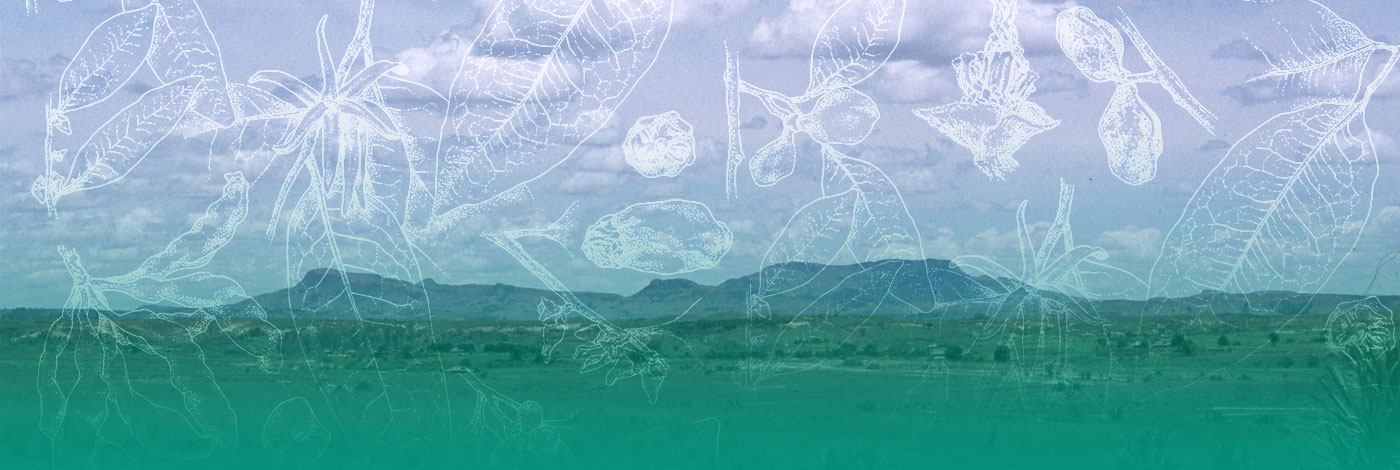As currently circumscribed, the genus Leonardoxa is restricted to the type species L. africana (Baill.) Aubrév., occurring in coastal forests of Lower Guinea. This work, based on field, greenhouse, and herbarium studies, demonstrates that L. africana is a complex of four closely related taxa, here treated as subspecies: L. africana subsp. africana, subsp. gracilicaulis McKey, subsp. letouzeyi McKey and subsp. rumpiensis McKey. The new taxa are described and relationships within the complex are discussed. The complex is interpreted as a ring species of mostly allopatric subspecies in which the two most extreme variants, the subspecies africana and , have a narrow zone of sympatry in which they co-occur in the same communities and remain distinct. Data on ecology and natural history are presented, emphasising ant-plant interactions. Coevolutionary interactions with certain ants appear to be an important factor driving differentiation in this complex. Of the four subspecies, all but gracilicaulis are myrmecophytes, with swollen hollow stems occupied by symbiotic ants. Several traits show marked variation among different taxa of the complex. These include not only traits directly related to antplant interactions, but also others which are unrelated or only indirectly related to ants. Keys and range maps are presented for the four subspecies.

 Adansonia
22 (1) - Pages 71-109
Adansonia
22 (1) - Pages 71-109